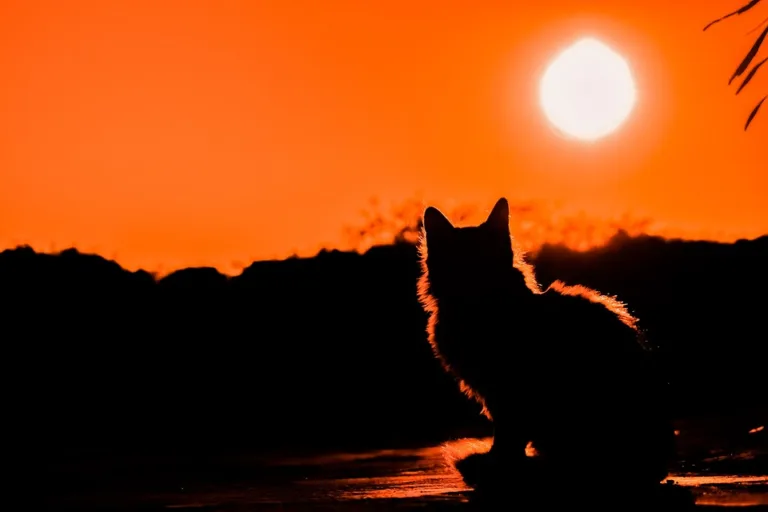
Sweet Dangers: Halloween Safety Tips for Pets
Safe and Whimsical Costumes
Just like us, our furry counterparts can enjoy the whimsy of Halloween. Dressing up our pets in adorable costumes is a fun tradition, but it’s important for veterinary professionals to ensure that pet owners do it safely and comfortably for their best friends. From dashing waiters for Dachshunds to bumblebees for boxers, there are endless options to choose from. However, it is crucial to prioritize the well-being of our pets during this festive season.
The Perils of Halloween Treats
Halloween is known for its sweet treats, but not all of them are safe for our pets. Chocolate is particularly toxic to dogs, with darker and more bitter varieties being the most dangerous. Overindulging in sugary candy can also lead to pancreatitis in pets. Additionally, pet owners should be aware that raisins and grapes, often found in healthy alternatives to candy, can be incredibly toxic and cause kidney failure in dogs, and potentially in cats. Macadamia nuts and products containing xylitol, an alternative sweetener, should also be avoided. Alcoholic beverages, often present at festive parties, can also pose a significant risk to pets. Veterinary professionals must educate pet owners about these potential hazards to keep their furry friends safe.
Pumpkin and Costumes: Mixed Blessings
When it comes to Halloween, the question of whether cats can eat pumpkin arises frequently. While both cats and dogs can have pumpkin, it’s important to distinguish between canned pumpkin and pumpkin pie mix, which can harm a pet’s stomach. Raw pumpkin can be difficult for pets to digest, but cats can safely consume pumpkin puree and seeds, provided the seeds are ground up to avoid digestive upset and choking.
When it comes to costumes, pet owners should take precautions. It’s recommended to introduce the costume to pets before Halloween to familiarize them with it and make it a positive experience. Costumes with snaps, buttons, or zippers should be avoided, as pets can chew them off and swallow them, potentially causing a foreign body obstruction. Small pieces with metals like zinc or lead can result in serious poisoning. It’s essential to ensure that costumes don’t impair pets’ vision, movement, or air intake. Dying or applying coloring to a pet’s fur should also be avoided, as even non-toxic dyes can be dangerous for pets.
Preventing Pet Disappearances
Halloween is notorious for causing pets to go missing, with it being the second most common holiday for such incidents after the Fourth of July. To prevent runaways, pet owners should keep their pets in a different room away from the frequently opened door for trick-or-treaters. Microchipping and identification tags are crucial for extra protection. It’s also essential to pay attention to a dog’s body language when out and about during Halloween festivities. The environment can be overwhelming, and it’s important to ensure that pets feel safe and comfortable in the presence of other dogs and excited people.
Conclusion
While Halloween is an exciting time for humans and their pets, it’s important to prioritize safety and well-being. Veterinary professionals play a crucial role in educating pet owners about the potential dangers associated with Halloween, including toxic treats, costume hazards, and the increased risk of pets going missing. By following these Halloween safety tips, pet owners can ensure a fun and worry-free experience for their furry friends.